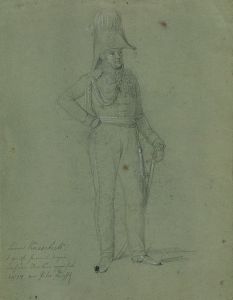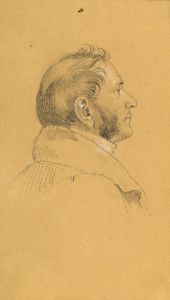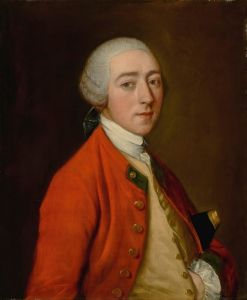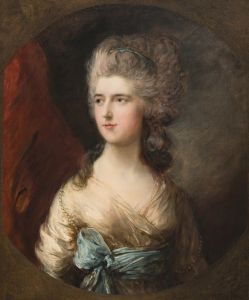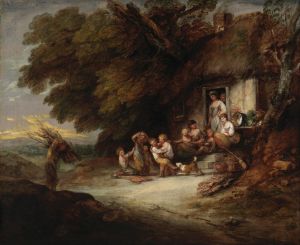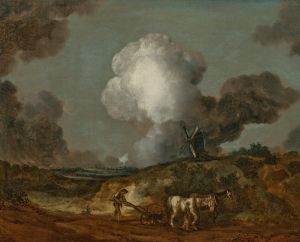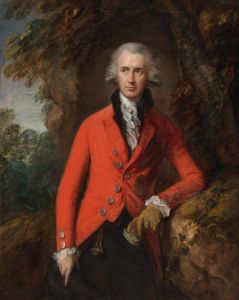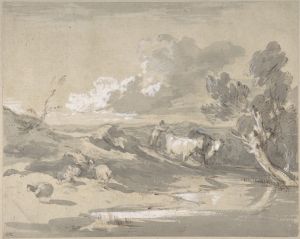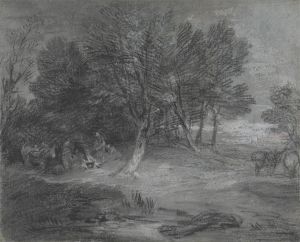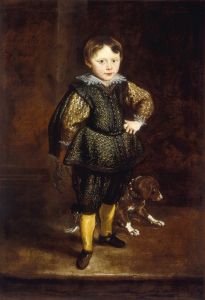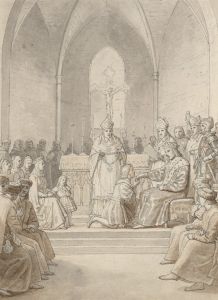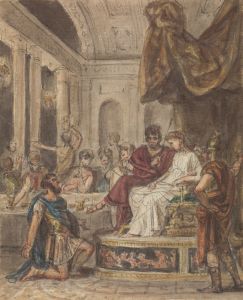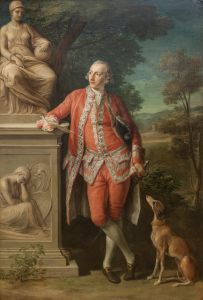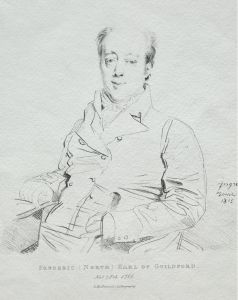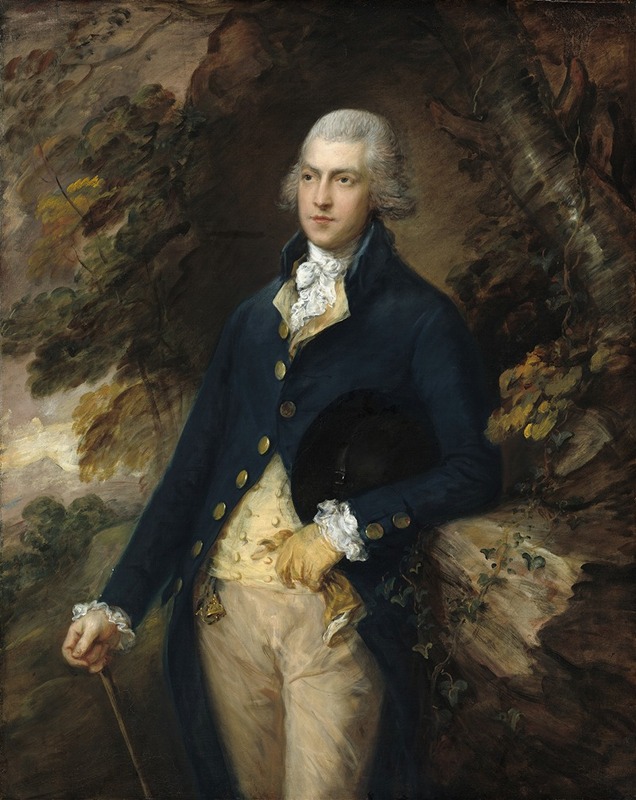
Francis Basset,Lord de Dunstanville
A hand-painted replica of Thomas Gainsborough’s masterpiece Francis Basset,Lord de Dunstanville, meticulously crafted by professional artists to capture the true essence of the original. Each piece is created with museum-quality canvas and rare mineral pigments, carefully painted by experienced artists with delicate brushstrokes and rich, layered colors to perfectly recreate the texture of the original artwork. Unlike machine-printed reproductions, this hand-painted version brings the painting to life, infused with the artist’s emotions and skill in every stroke. Whether for personal collection or home decoration, it instantly elevates the artistic atmosphere of any space.
Francis Basset, Lord de Dunstanville is a portrait painted by the renowned British artist Thomas Gainsborough. Gainsborough, one of the most celebrated portrait and landscape painters of the 18th century, created this artwork during his prolific career, which was marked by his ability to capture the elegance and personality of his sitters. The painting depicts Francis Basset, who was later ennobled as the 1st Baron de Dunstanville and Basset, a prominent figure in Cornwall during the late 18th century.
Francis Basset (1757–1835) was a wealthy landowner, industrialist, and politician. He inherited significant mining interests in Cornwall, a region known for its rich deposits of tin and copper. Basset played an influential role in the development of the Cornish mining industry, which was a cornerstone of the British economy during the Industrial Revolution. His contributions to the region's prosperity earned him widespread recognition, and he was elevated to the peerage in 1796 as Baron de Dunstanville.
The portrait by Gainsborough captures Basset in a dignified pose, reflecting his status and importance. Gainsborough was known for his ability to convey the character and social standing of his subjects through his use of composition, color, and brushwork. In this painting, Basset is dressed in formal attire, emphasizing his position as a member of the British elite. The background of the portrait is typical of Gainsborough's style, featuring a soft, atmospheric landscape that complements the sitter without detracting from his prominence.
Thomas Gainsborough (1727–1788) was a leading figure in British art during the Georgian era. He was a founding member of the Royal Academy of Arts and is best known for his portraits and landscapes. Gainsborough's innovative techniques and distinctive style set him apart from his contemporaries, and his works remain highly regarded in the history of Western art.
The exact date of the painting is not definitively documented, but it is believed to have been created during the 1770s or 1780s, a period when Gainsborough was at the height of his career. The portrait is an example of Gainsborough's mature style, characterized by fluid brushwork and a keen attention to detail.
Today, the painting is recognized as an important example of Gainsborough's portraiture and serves as a historical record of Francis Basset's life and achievements. It is held in a public or private collection, though specific details about its current location are not provided in available historical records.
This artwork exemplifies Gainsborough's ability to combine artistic skill with an understanding of his sitter's social and personal identity, making it a significant piece in the context of 18th-century British portraiture.





